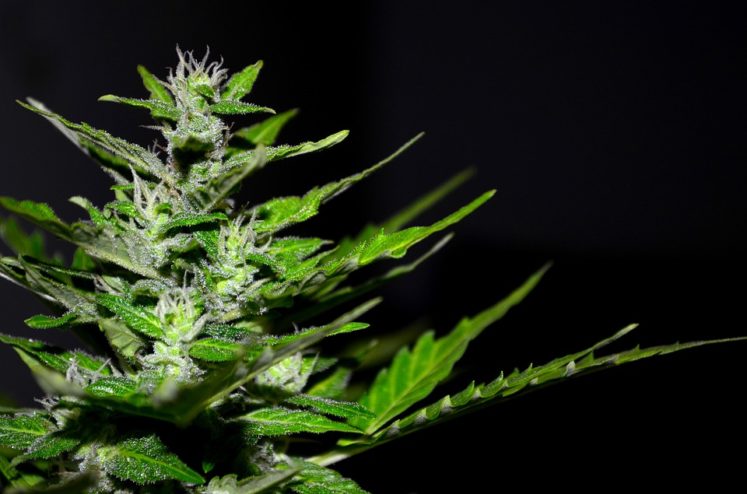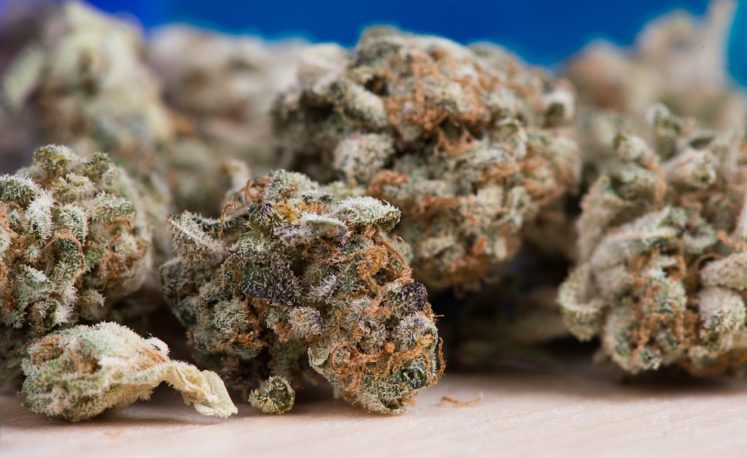Medical marijuana has been legalized in the U.S. since 1996, although the legislature applies on a state-by-state basis. The first state to blaze the trail was California, and since then, 28 others have followed in its footsteps, with several more waiting in the wings, on the cusp of legalization. Unfortunately for patients, MMJ law is not a federal affair, which can lead to a host of caveats for each legalization bill depending on the state you’re in. One of these caveats is the list of MMJ qualifying conditions for each state – that is, the conditions for which medical marijuana is an applicable and legal treatment.
Essentially, in order to qualify and avail of medical marijuana and allow doctors to legally prescribe it to you, you must have a diagnosed ailment that appears on the list of MMJ qualifying conditions accompanying every MMJ law that has been made per state. Once you’ve confirmed that your condition is on the list, then you can apply for your medical marijuana card from an authorized physician; this can be your primary care doctor, or it can easily be acquired online via telemedicine sites. Once you have that, you are free to visit dispensaries and avail of the medicine, in accordance with the supply and possession laws of each state.

MMJ qualifying conditions vary from state to state, so it’s best to check your local policies to see whether you qualify.
Marijuana has been medically proven to lessen the symptoms of a great number of diseases; in fact, it has been used as a medicine in some form for many years, even preceding the introduction of it into law by California in ’96. However, not all states agree on what should be legally treatable with MMJ. The main reason for this is a worry that they might come across too vague, which would lead to abuse of a drug still considered illegal in many places in a recreational sense. Even with the advent of legal recreational marijuana, which has been legalized in eight states so far, MMJ qualifying conditions are still a hot topic among state governments.
In California, for example, the policy has always been very liberal in favour of medical marijuana, and the state’s MMJ qualifying conditions reflect that. Even though recreational marijuana has been legalized in the state since November 9th, 2016, it is still advantageous to have a medical marijuana card, because there are specific strains that treat specific diseases much better than the recreational strains. California and Colorado have also offered reduced sales taxes to patients in an effort to preserve their long-established and successful medical marijuana programs, which is a huge incentive for patients to continue with the program. There is also the fact that a state-wide rollout of medical marijuana has not yet been achieved by California, and could still be some way off, looking at the current progress on that front.
The most common MMJ qualifying conditions and ailments are pretty much seen across the board, in whatever state you’re in. They include cancer, arthritis, fibromyalgia, epilepsy, and multiple sclerosis, which are all conditions where the marijuana can induce relaxation to remove some of the pressure and stress on the muscles and afflicted organs. There are also many other less common illnesses which are listed on each state’s MMJ qualifying conditions list, although be aware that it does change from state to state.

Laws regarding MMJ are very different in California than they are in New York.
One of the most controversial of these conditions is listed simply as “chronic pain,” which, when you think about it, is more of a symptom than a condition in and of itself. However, it is a crucial one to list on the spectrum of qualifying conditions because it allows a great many sufferers to avail of the medicine without needing to be specific about their condition. It also allows doctors a freer hand in prescribing the medicine, as they won’t be too caught up in the legality of what they’re prescribing and what condition they’re prescribing it for. “Chronic pain” was in the wording of the first MMJ qualifying conditions outlined in the U.S., by California in 1996, but unfortunately, not all states agree that it should be included.
One controversial example was New York, a state which is known for its generally liberal leanings. Many expected it to follow suit with a progressive medical marijuana bill, but not only did it take 18 years to get the bill through the Senate, when it was revealed, it proved to be an extremely restrictive piece of legislation. One of the many issues was the absence of “chronic pain,” an omission that left many patients unable to avail of the drug. Due to intense lobbying and pressure, “chronic pain” has since been added to the NY list of conditions, but unfortunately, there are still a few states where that is not the case. As we work toward building an MMJ-friendly country, it’s good advice to take note of MMJ law in each individual state, and make sure your specific condition is listed.
